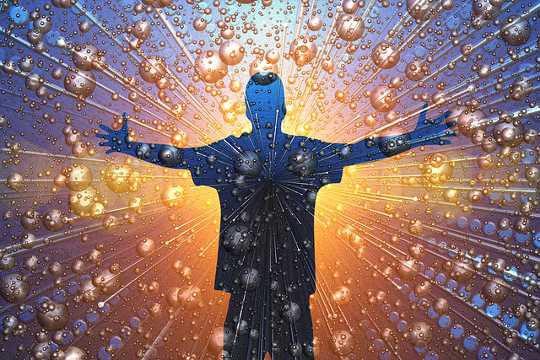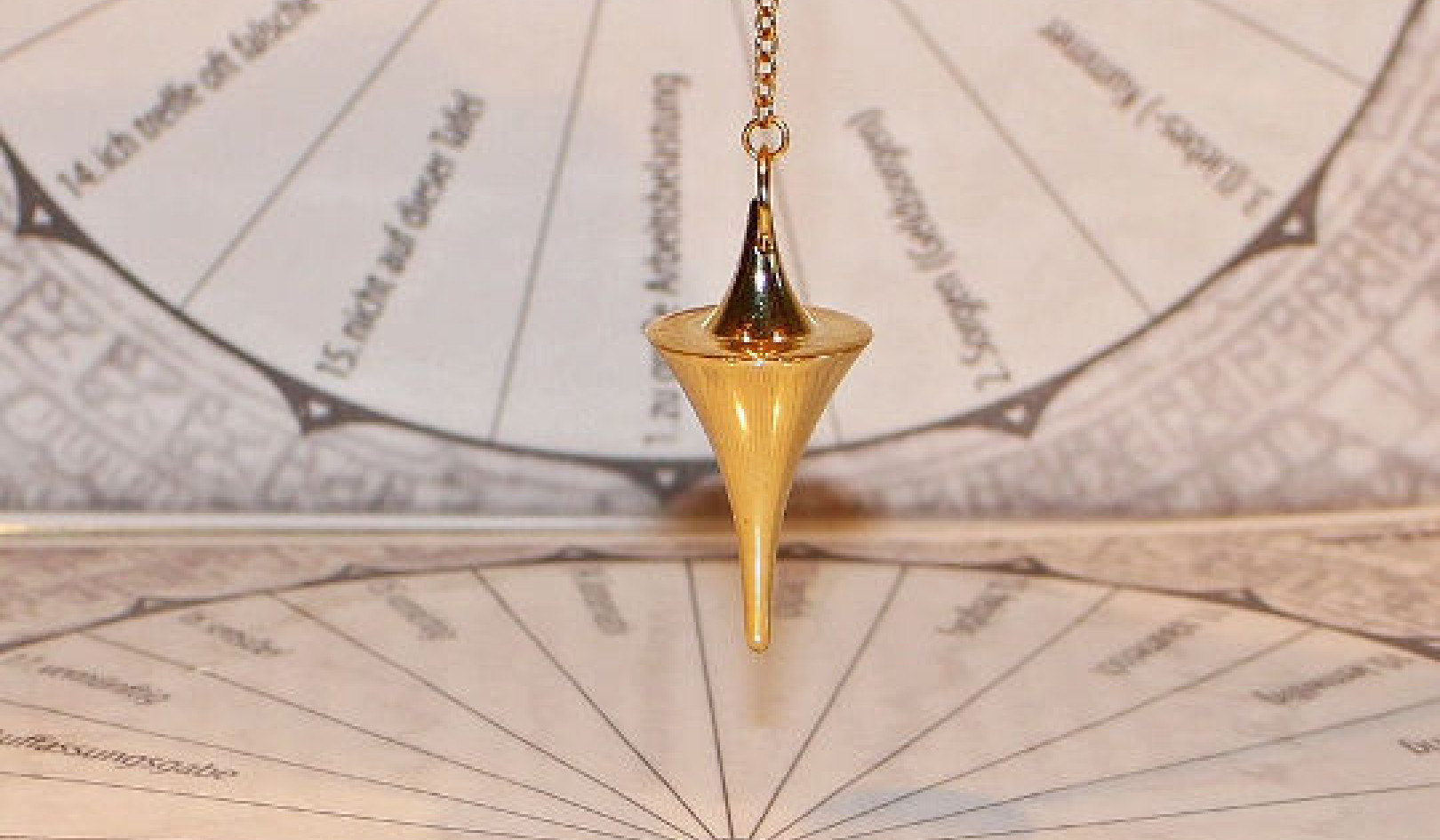
Image by Gerd Altmann
Kala: To loosen, untie, free, release, unburden, let go, undo.
A few times a year, on a remote beach called Playa Ostional near Nosara, Costa Rica, a remarkable event called “the arribada,” meaning “the arrival” in Spanish, takes place. Over a period of a few days, hundreds of thousands of Olive Ridley Sea Turtles return to the beach of their birth, just as their parents did decades earlier, to lay and bury their eggs, continuing the cycle of life.
Some of these turtles have been tagged and studied by oceanographers, and despite having traveled in the open sea to places as far away as India, they always eventually make the great journey back to this same small Central American beach, with many of them not having previously returned there since the day that they were born and began swimming.
Turtles have limited vision, and it has been theorized by scientists that they navigate the vast ocean by observing the sun and stars, by feeling into the Earth’s electromagnetic fields, and by connecting with the ocean currents. Just prior to their massive emergence onto the beach, under the cover of night, and in conjunction with the moon cycles and its effect on the tides that the turtles ride into shore, thousands of them gather in huge groups called “flotillas.”
On what scientists have only been able to describe as “some secret signal,” they arrive in such great numbers that any predators who might otherwise take the opportunity for a quick meal are frightened away, leaving the turtles in peace to continue a process that has been going on for hundreds of thousands of years. Turtle eggs are a delicacy for humans as well as animals, but the Costa Ricans, as natural conservationists, allow for egg-gathering only at certain times, and in regulated numbers, in order to ensure that enough baby turtles make it to the ocean when they hatch from their buried nests in the sand about a month and a half later.
It would not be an understatement to say that the arribada of the sea turtles is made possible through a cooperative effort of the sun, moon, stars, winds, oceans, earth, animals, and people. A shaman’s mind recognizes that the turtles are at the center of the universe because the entire universe conspired to aid in their creation, and all shamans know that they themselves are no different than the turtles because they too are at the center of their universe.
And so are you, at the center of yours.
There Are No Limits, No Separation
Indigenous people revere Nature. The reason anyone reveres anything is because they are inspired by it, they want to align with it and emulate it, and it has something to teach them. Nature’s immeasurable interconnectivity and holism show us who we are.
In Nature, there is no separation. Everything is connected, and if it is a cooperative and connected universe, then that means that we are each an inextricable part of that interdependence. This leads us to the second principle of Huna: There are no limits—no real boundaries between you and your body, between you and other people, between you and the universe, and between you and God.
We are all part of one giant organism, which means that your well-being has a substantive effect on the wellbeing of everything else. The microcosm of each of us is an exact template of the macrocosm of the whole.
Separation, from a Huna perspective, is only an illusion. Because we are each an individual representation of the entire cosmos, we must take one hundred percent responsibility for our indivisibility with everything by recognizing that how we take care of ourselves has a direct and substantive effect on how we take care of each other. I once heard Serge Kahili King say, “If you want to heal someone, think of them and YOU feel good.” We heal others by healing ourselves.
Interconnectivity and The Zero Point
This vast interconnectivity has been validated by science. Quantum physics speaks of a “zero point” in each atom; if we could somehow enter into this point, it would lead us to the same point in every other atom everywhere. This idea is illustrated in a startling 1998 study undertaken by the late Dr. Sorin Sonea of the University of Montreal, who discovered what he called “the Global Organism”—new bacterial resistance to certain medications in humans that could be tracked on a worldwide scale, often within days of the initial discovery of the resistance.
If this interconnective wonder hasn’t addled your brain, consider an animal-behavioral study conducted in the 1950s, called “the Hundred Monkey Effect,” which proved that just as scientists on a Japanese island taught apes to wash sweet potatoes in the sea before eating them, the apes on another island simultaneously began doing the same thing without any instruction.
We exchange air, energy, and consciousness with everything on the planet and infinitely beyond, and the central axis point of this vast matrix of interconnectivity lies within each of us. Before ceremonial work, shamans traditionally invoke the six directions—East, South, West, North, Sky, and Earth—in order to center themselves into a non-dualistic framework that is a fundamental shamanic conception of reality and self: All things are indivisible from all other things, and everything that exists is available to us. The six directions are not just geographical; they each hold many beings and energies.
This limitlessness goes far beyond implied physical and energetic connection; it is also the boundlessness within our own minds that connects us to our hopes, aspirations, and dreams, and any and all means of achieving them. There is a well-known Hawaiian saying, A‘ohe pu‘u ki‘eki‘e ke ho‘a‘o ‘ia e pi‘i, which means, “No hill is so tall that it cannot be climbed.”
Your Perceived Limitations Become Your World
Because the world is what you think it is, your perceived limitations become your world, but this second principle teaches us that absolutely anything is possible if you can figure out how to do it. If that seems far fetched, allow me to introduce you to the Siberian shamans who visit the Amazonian rainforest by transforming themselves into blue orbs, the Tibetan monks who can bilocate from the bottom of a mountain to the top within minutes, and the spiritualists who talk to the dead with evidentiary precision. And how about the inventions and creations of Albert Einstein, Giacomo Puccini, Marie Curie, George Washington Carver, Jane Austen, Bill Gates, the Wright Brothers, and every innovator and world-record breaker who’s ever lived?
In his book The Bowl of Light, Hank Wesselman writes about the grandmother of a famous Kahuna who once said that there is a pervasive belief in Polynesia that there is no such thing as “I don’t know”— everything exists, so everything can be known.
Separation Is Only An Illusion
Separation then, is only an illusion, although it can sometimes be an extremely useful one. We separate things in order to organize, measure, or appropriately disconnect; if we didn’t in some way “divide” our limitless reality, we would have no experience at all. We all need to be on time for our flight, adhere to certain laws in order to function properly in society, follow the recipe for baking delicious chocolate chip cookies, and avoid television news shows when we want to minimize stress. In many instances, separation is necessary; in Huna, we utilize it when it serves us, but we don’t think of it as reality.
The shaman’s mind swims in an ocean of universal connection where everything is available, anything is possible, and connection is everywhere. It’s just a matter of finding it, and saying yes.
Kala Practice — Visioning Exercise
Because there are no limits, there is already a connection to anything that we yearn for or desire, and we bridge this connection by expanding our consciousness toward whatever it is that we want.
Take some time with the following exercise. Allow yourself to yearn for and connect with what you most desire. We will release what divides us from the universe.
In a journal, write down at least seventy-five things you want. Don’t worry about how you will get or achieve these things, and definitely don’t judge any that come to mind. Whatever it is that you want, simply write them all down as if they are wishes for a genie in a bottle.
Seventy-five things may seem a lot of things, but this is on purpose, because when you include not just the obvious desires (health, finances, career, relationship, home) but also the more frivolous ones (a trip to Tulum or Venice, a Gucci watch, a new back porch, starting a book club), you’ll begin to see where you have set limitations on what is possible for you, and you will even gain insight into who you are.
Be as specific as you can with everything that you list, and let go of the notion that this exercise is egotistical or selfish. Remember that one of the goals of the shaman’s mind is to be so satiated that we give back to the world from surplus and abundance—so go ahead and want things with abandon!
After your list is complete, find images of all the things you want, and post those images on the desktop of your computer, or decorate your space with them. The easiest way to do this is to collect pictures online and drag them to your computer desktop or to create a document with them. Or you might find images in magazines and cut them out, which is also a great way to collect them.
You will begin to notice that certain themes emerge, such as travel, health, career, and you can group and arrange your images in any way that you like. The point here is that every time you open or turn on your computer, or look around your space, you’ll make a connection to your heart’s truest desires.
Begin to notice any synchronicities, signs, or events that reflect the things on your list. This could be a conversation you overhear, an advertisement that you see on television or in a magazine, a direct connection with something from your list, or something similar to one of your items that somehow makes itself known to you.
Naming what you want is to uncover your true identity. In doing this exercise, you may be surprised by how many things so fundamental to you have been either hidden away or remain unclaimed, even as potential desires.
To name what it is that we yearn for is the first step in breaking through limitation, because, as the second Huna principle states, there is a connection to everything, if we can somehow find it.
With continued focus on the things you want, you may also begin to have the experience that these things will magically start to appear in your life. This is because of the third principle of Huna, Makia (pro-nounced Mah-key-ah), which states that where we place our focus and attention creates the energetic influence that manifests things into being.
©2020 by Jonathan Hammond. All Rights Reserved
Published by: Monkfish Book Publishing Company.
Article Source
The Shaman’s Mind – Huna Wisdom to Change Your Life
by Jonathan Hammond
 To learn to think like a shaman is to attune yourself to a magical spectrum of infinite possibilities, unseen truths, alternative realities, and spiritual support. When a shaman likes what’s happening, they know how to make it better, and when they don’t, they know how to change it. The Shaman’s Mind is a book that teaches the reader how to align and transform their own mind into one that sees the world through the lens of the indigenous healers of old. Based on the Omega workshop by the same name.
To learn to think like a shaman is to attune yourself to a magical spectrum of infinite possibilities, unseen truths, alternative realities, and spiritual support. When a shaman likes what’s happening, they know how to make it better, and when they don’t, they know how to change it. The Shaman’s Mind is a book that teaches the reader how to align and transform their own mind into one that sees the world through the lens of the indigenous healers of old. Based on the Omega workshop by the same name.
For more info, or to order this book, click here. (Also available as a Kindle edition.)
About the Author
 Jonathan Hammond is a New York based teacher, energy healer, shamanic practitioner, and spiritual counselor. A graduate of Harvard University and the University of Michigan, he is a certified master teacher in Shamanic, Usui, and Karuna Reiki as well as the advanced graduate studies advisor for Shamanic Reiki Worldwide. He teaches classes in shamanism, energy healing, spirituality, and Huna at Omega Institute and around the world. Visit his website at www.mindbodyspiritnyc.com
Jonathan Hammond is a New York based teacher, energy healer, shamanic practitioner, and spiritual counselor. A graduate of Harvard University and the University of Michigan, he is a certified master teacher in Shamanic, Usui, and Karuna Reiki as well as the advanced graduate studies advisor for Shamanic Reiki Worldwide. He teaches classes in shamanism, energy healing, spirituality, and Huna at Omega Institute and around the world. Visit his website at www.mindbodyspiritnyc.com



























